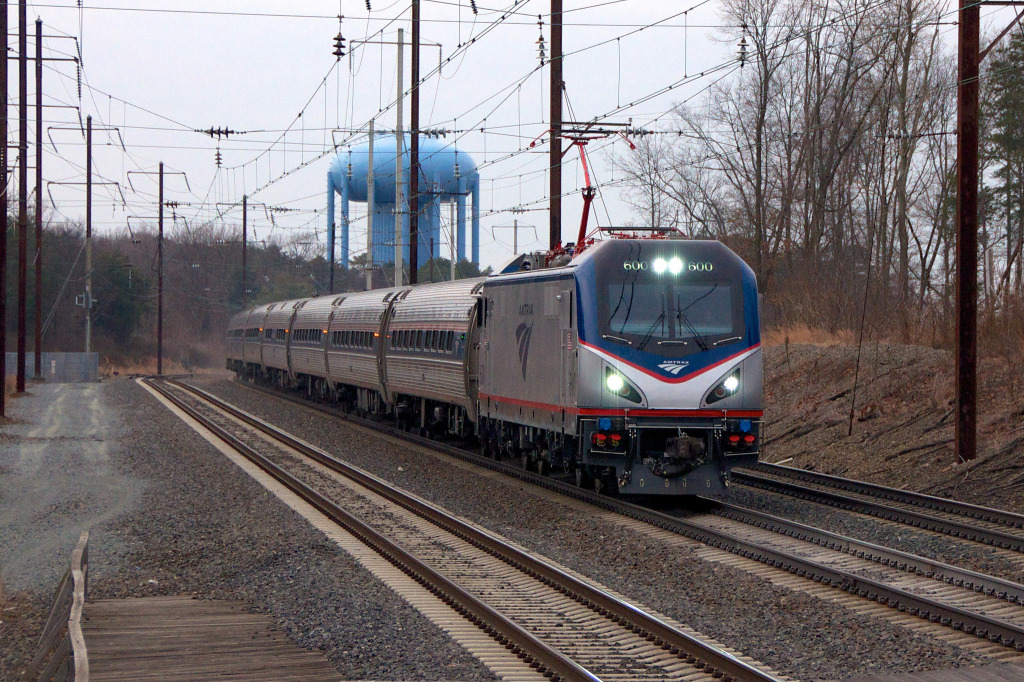
Hybrid cars, buses and trucks are as much as 30% more energy efficient than their conventional counterparts. The bulk of this energy savings comes from regenerative braking. This is the process of recapturing the energy that is lost to friction in the process of slowing or stopping the vehicle. Instead of heating up brakes, the wheels slow down by turning a generator and making electricity that can be put to use to power the vehicle or other onboard systems.
In states with extensive transit systems, electrified trains end up being among the largest users of electricity. A regenerative braking system on a transit train could produce large amounts of electricity, but since the trains get their power from external sources, there has been no good way to make use of the electricity that would be generated this way. The train itself can’t use the power while it is slowing down.
In 2012, the Southeastern Pennsylvania Transit Authority (SEPTA) started using a wayside energy storage system that can capture the energy from regenerative braking systems on the trains. This stored energy can be used to propel other trains as they depart or is sold back to the local utility grid.
This pilot program yielded 5 to 20% energy recuperation rates and, as a result, SEPTA is now going to expand the system with improved storage that combines lithium ion batteries and ultracapacitors, which are better suited than batteries to charging and discharging power in quick bursts.
Regenerative braking in trains is an opportunity to make even traditional transit systems more energy efficient.
**********
.
Web Links
Transforming the Transportation Industry with Renewable Energy
Photo, posted February 8, 2014, courtesy of Ryan Stavely via Flickr.
.
Earth Wise is a production of WAMC Northeast Public Radio.
